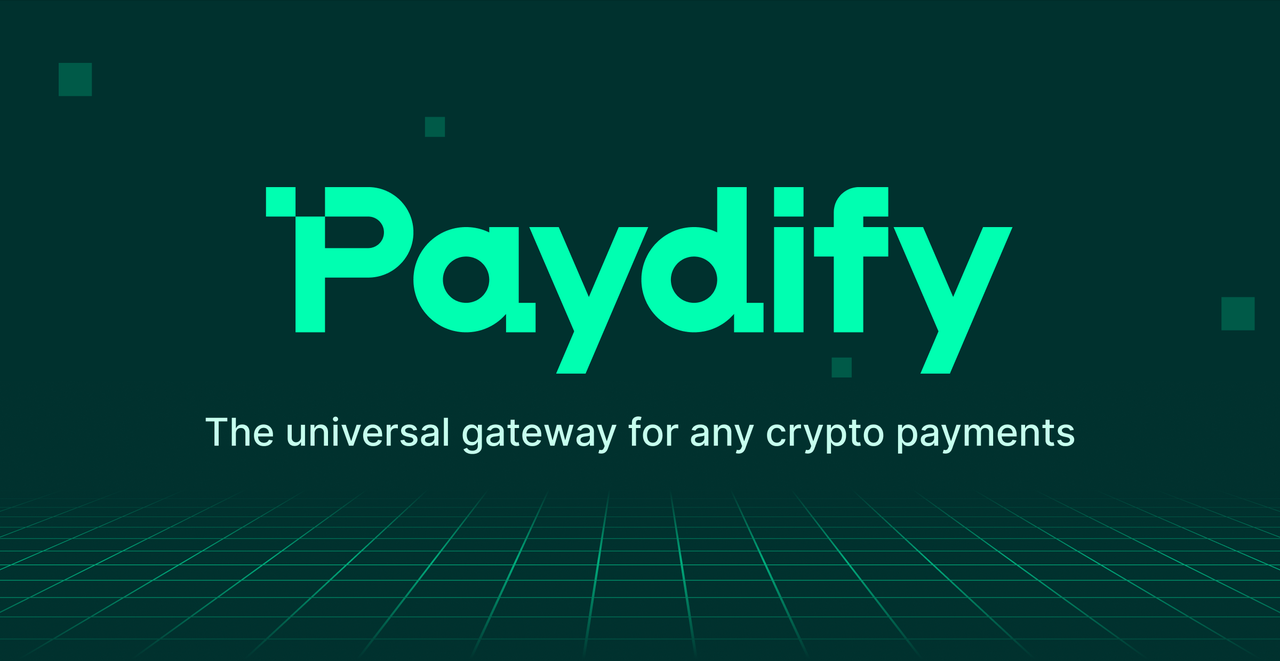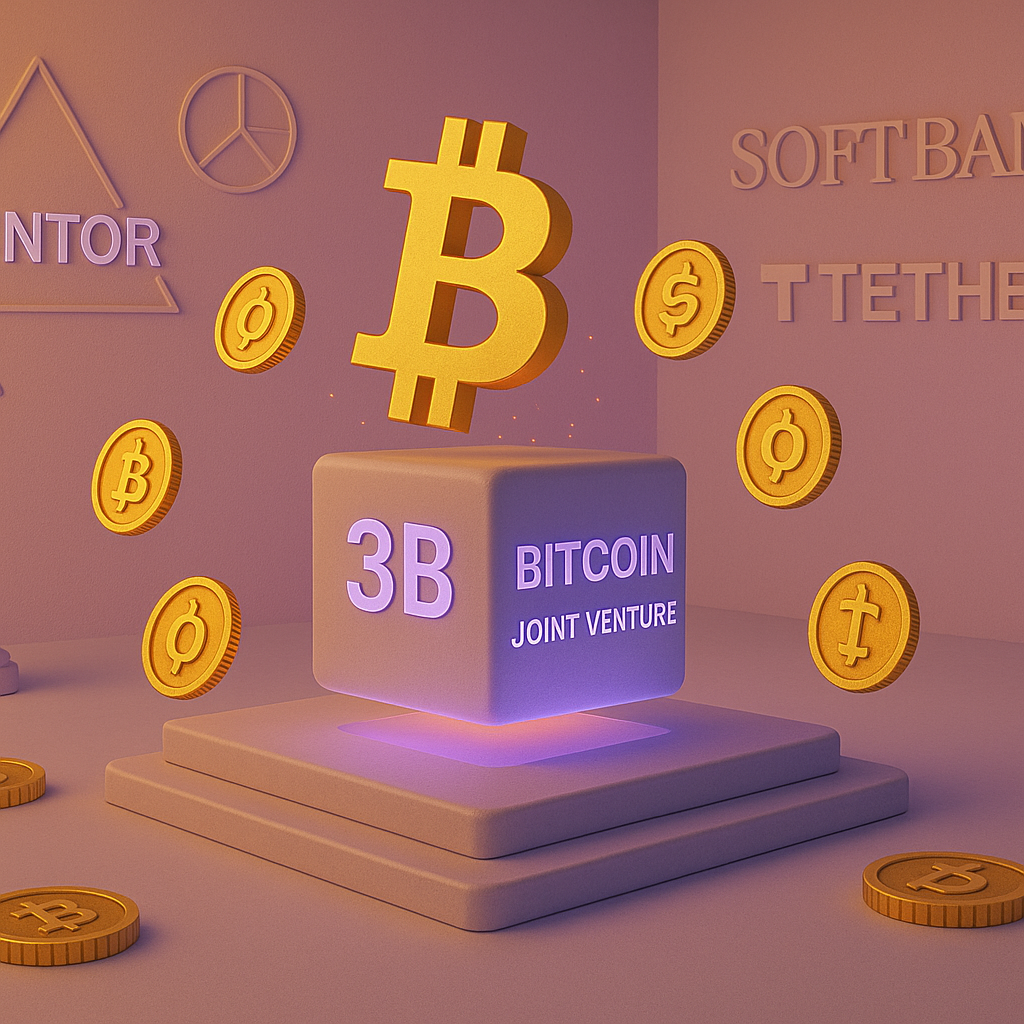Why is Cosmos (ATOM) rising in 2021?
The price of Cosmos (ATOM) and its rise
Since the beginning of 2021, Cosmos (ATOM) has seen a spectacular rise, with its current price in excess of €20.
Cosmos share price
Source
There have been two significant rises in the price of Cosmos above €20, in February and April 2021. Let’s look at the causes of these rises.
The latest news that led to the Cosmos rise
Like all altcoins, Cosmos (ATOM) is tracking Bitcoin, which is itself experiencing a remarkable rise.
Cosmos’ final step towards interoperability
In mid-February 2021, Cosmos announced on Twitter that it had reached the final technical stage leading to blockchain interoperability. This involves setting up the Inter-Blockchain Communication (IBC) protocol, which will enable tokens and data to be transferred between blockchains. The operation will always be carried out with the guarantee that the rules defined will be respected and without going through a third party. It will also speed up node synchronisation and updates. Cosmos has therefore taken the final step towards setting up a network of blockchains and marks the end of the project’s launch.
The cryptocurrency community is beginning to see the value of this multiple network and blockchain communications. Even Grayscale, a colossus of cryptocurrency finance, is exploring new funds of which Cosmos is a part. Finally, if the price of Cosmos has been exploding in this way since the start of 2021, it is also thanks to the milestone it has just passed towards its final goal.
Gravity Dex, the first decentralised inter-chain exchange
Gravity DEX
Source
Once again on Twitter, Cosmos announces the next step after the implementation of interoperability.
Decentralised exchange Gravity DEX has organised a testnet competition for its Cosmos-based protocol in early April 2021. It will be the first decentralised exchange between two blockchains created for Cosmos and will connect any protocol linked to the Cosmos Hub. It will be the first of many interconnected blockchains that will eventually make up the Cosmos network.
The DEX is being built by B-Harvest, which was acquired in February by Tendermint, the original project and main contributor to Cosmos. Tendermint’s intention is to develop Dex by integrating B-Harvest, so that Cosmos tokens can be traded freely on a decentralised exchange.
Unlike traditional exchanges, DEXs do not have a centralised counterparty, which means that they are entirely managed by groups of developers around the world and that the platform’s money is, in essence, provided by the developers and users themselves. This reduces the risk of theft from exchange piracy, while creating wider inclusion of cryptocurrencies in everyday life.
Voting on the governance proposal began on 7 April 2021. Gravity DEX enables decentralised trading between two Cosmos tokens such as ATOM, Binance Coin (BNB), Terra (LUNA) and any type of token, representing an estimated $90 billion market. Finally, Gravity DEX will be running a week-long testnet competition for traders, validators and bug hunters to win prizes totalling over $200,000. Registration for the Gravity DEX testnet competition will open on 21 April.
Introducing Cosmos
What is Cosmos (ATOM)?
Cosmos is an interesting and profitable cryptocurrency from every point of view. First and foremost, it is an innovative project designed to solve the blockchain problems encountered by its predecessors, Bitcoin and Ethereum. Bitcoin and Ethereum have a single blockchain, whereas Cosmos is a decentralised network of parallel and independent blockchains. Cosmos therefore forms an ecosystem of blockchains that can interact with each other.
The principle of fragmenting blockchain networks enables links between zones and simplifies the use and creation of applications. It also offers greater scalability, improving the number and speed of transactions possible.
The Cosmos Hub, known as the first zone, is the most important as it acts as a register for the amount of tokens in circulation. It is imperative that it is decentralised and secured by proof of stake in particular.
The ATOM stake system
This cryptocurrency cannot be mined and works by stake. Once tokens have been invested, they are used to participate in the proof-of-stake (PoS) system. Users place their tokens with blockchain validators to receive rewards. Two parties can therefore earn tokens: the validator and the holder. Validators can claim a reward by counting their ATOMs and those stored by their delegate. If the validator is dishonest, they can lose 5% of their stake. This deterrent system goes even further, as delegates are also penalised. This encourages users to be cautious. Conversely, honest validators are rewarded, as are the delegates who have placed their trust in them.
The ATOM Course
Cosmos course
Source
The current price of ATOM is €22.77.
CoinMarketCap ranks it at number 28, with a market capitalisation of €4.8 billion. There are 210 million ATOM tokens in circulation. Cosmos is traded on Binance, Huobi Global and OKEx, among others.
Predicting the price of Cosmos (ATOM)
The price of Cosmos depends on supply and demand. Like all altcoins, it also depends on the Bitcoin price. If we look at the record highs reached by Bitcoin since the beginning of 2021, we can understand the impressive rise in the price of Cosmos in February 2021. Especially as the use of blockchains expands, the ease of construction and the communication system will make the Cosmos increasingly popular and indispensable.
If you want to invest in this currency, it is worth following the news on Youtube, Twitter and the Cosmos website, which are very active.
To find out everything you need to know about cryptocurrencies, take a look at the Beginner’s Guide on our website.
Cosmos’ impact on blockchain technology
Internet of Blockchains
Source
Cosmos points out the difficulties of blockchains
Cosmos aims to solve the problem of the impermeability of blockchains and make them easier to build, faster and easier to process transactions per second.
It is therefore easier to create applications using Cosmos. Before Ethereum and Cosmos, you had to either modify the Bitcoin code base or build on it to create decentralised applications. However, the three layers of the blockchain (Application, Consensus and Network) are very mixed up and not very accessible. What’s more, Bitcoin’s scripting language is not accessible to everyone and is limited.
With the creation of Ethereum, a solution was found: the creation of all types of programmes via a single blockchain. Thanks to the Ethereum Virtual Machine, it is possible to process programmes called smart contracts. Any developer can deploy them on the Ethereum blockchain, without prior authorisation. Ethereum has thus opened up the possibility of creating thousands of decentralised applications (dApps).
But there are a number of problems associated with sharing a single blockchain:
Scalability: By operating in Proof-of-Work mode, dApps share the resources of a single blockchain and are slowed down by a shared rate of transactions (i.e. 15 per second).
Ease of use: The limited flexibility afforded to developers means that they have to make compromises in the design and efficiency of their applications. The Ethereum Virtual Machine has to adapt to a wide range of uses, and is optimised for average use cases. There are also limits in terms of languages and automatic code execution.
Sovereignty: Similarly, applications are limited because they share the same underlying environment. The governance of this environment is more important than that of the application. In the event of bugs or the need for updates and new features, approval from the Ethereum platform is required.
Cosmos, blockchain 3.0
The aim of Cosmos is to separate the three layers and keep the consensus and network modules fixed. This allows developers to use them as tools to create a wider variety of applications. In this way, everyone can have their own three-layer blockchain adapted to their needs. There are three ways in which blockchains can be improved: ease of creation and use, their own sovereignty, and greater speed and quantity of transactions. Cosmos’ main innovation is the ability to enable all these blockchains to communicate and create a network or Internet of blockchains.
Conclusion
In the end, the project seems clear and ambitious, as the website shows:
“These tools form the necessary basis for creating the decentralised internet and global financial system of tomorrow.”














